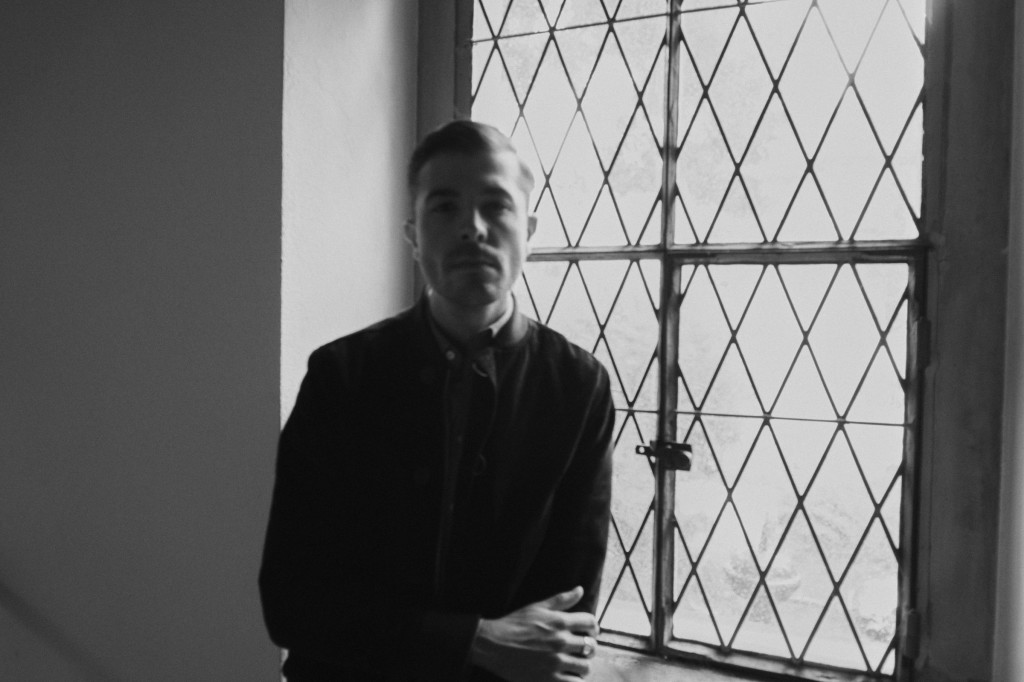You deserve a break. Make it happen with some chilled-out, pared-down percussion (courtesy Saele Valese) with flickering, Aurora Borealis visuals (via Markus Heckmann) on NOTON, Carsten Nicolai’s imprint.
CDM premiere:
NOTON is the German label that has divided from Raster-Noton, as Carsten Nicolai (aka Alva Noto) and Olaf Bender (byetone) focused independently on their respective halves.
Saele Valese is a new name in this context – Italian born, now in Bern, Switzerland, a sound artist. My sense is that his NOTON debut, IVIC, is delayed by pandemic scrambling. But I’ve given the whole thing, and it’s somewhat luxuriously minimal – sparse, barebones compositions of percussion atop foggy pads, the framework of the drums creating compositional spaces for gentle, haunted swells of sound to drift in and out. I imagine people will either think it’s preposterous or let themselves sink into it happily.
Leipzig-native Toronto-based Markus Heckmann we know quite well as one of the makers of Derivative TouchDesigner, the powerful visual tool.
“The intent is to foremost capture the very concise and prominent sounds but retain the hypnotic and dense atmosphere of the piece,” says Markus.
The full release is inbound at the start of next year.
Noton had other releases in 2020, but this starts a new sequence (catalog 1 reboots).
The best part of this – he did it all on DAT. (Ha, wait, I was excited when we got to stop using DAT. I remember treating those tapes as precious. Time flies…)

In ‘IVIC’, his debut LP, Saele Valese, distills hauntological noise, droning tonal experiments and minimalist rhythms into a series of electro-acoustic-wave ventures written over five years in Berlin, Saas-Fee and Thun. Drawing influences from the psychoacoustic properties of the live album format, IVIC’s 11 tracks were mixed and
recorded live on DAT cassettes and through DAW experimentation, without the possibility to revise the final recordings. Valese adopted this approach to conceptually propose reconciliations between the irreversibility of the past, and acceptance of its residuals in the present. The track titles themselves follow this pathos, citing the works of the American photographer Francesca Woodman and
the poet Sylvia Plath. The inclusion of passages incorporating live sonics and throes of industrialisms, contributes to the images of gravity, intimacy and spatiality that the music presented here invokes.In keeping with this imagery, the music possesses a dilated, shuffling rhythmic base, much like the firm traversal of a tanker against a storm of jangling components, and still moments of gloomy sonics alternating with more ravenous upheavals of power electronics.
If the track divisions do not pass by unheeded, they are consistently assembled to sonically accompaign the emotional charges and momentum of an imaginary cinematic experience; the beats caves in
for instants of relief, only to recoil in a cognated tempo but rearranged structurally. In another gesture of cogitated stride, the portentous waves of the record progressively rage into a turmoil in its third quarter during ‘Horse The Color Of Rust’. The album reaches its closure fluctuating through microtonal oscillations to slowly eclipse into silence.́In Your Rosary and ́ You Cannot See Me From ́ Where I Look At Myself were previously released ́ on vinyl via Saele Valese’s own imprint, JSMË.
The track ‘You Cannot See Me From Where I Look At Myself’ 4 – is dedicated to the memory of Marco Bacher.Artwork designed by Carsten Nicolai. Mastering by
Matt Colton (Metropolis Studios, London).Tracklist
1 – In Your Rosary 1
2 – In Your Rosary 2
3 – You Cannot See Me From Where I Look At Myself 1
4 – You Cannot See Me From Where I Look At Myself 2
5 – You Cannot See Me From Where I Look At Myself 3
6 – You Cannot See Me From Where I Look At Myself 4
7 – Horse The Color Of Rust 1
8 – Horse The Color Of Rust 2
9 – Horse The Color Of Rust 3
10 – Horse The Color Of Rust 4
11 – Kept In The Night By The Light Of The Moon
It’s hard to believe this was four years ago, but I spoke with Carsten and Olaf about their work on visual materials, how their background in visual arts influenced their interactions with music, and what visual language meant in the former East Germany in relation to the regime: